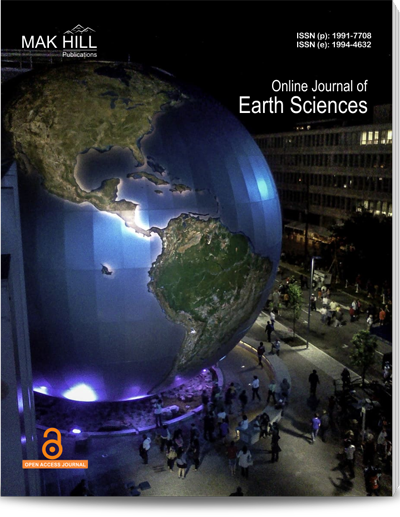
Online Journal of Earth Sciences
ISSN: Online 1994-4632ISSN: Print 1991-7708
Abstract
An effort was undertaken to document the different land-use practices carried out by local communities along the edges of Budongo forest reserve. The data were obtained by administering a semi-structured questionnaires to 90 households living in the 5 villages of Nyabyeya parish bordering with Budongo forest reserve. The results of this study showed that agriculture is the major land-use practice and the major source of income to the local communities along the edges of the forest, followed with livestock keeping, agroforestry and bee keeping as the least land-use practice. These prevailing land-use practices are not economically viable as observed from the poor socio-economic condition of the people living close to Budongo forest reserve. Most farmers (60%) were reluctant to plant trees on their farmland and they depend on the forest reserve for fuelwood, fruits, timber and building materials. The constraints to development of agroforestry around Budongo forest reserve included land scarcity, lack of quality planting materials (seeds and seedling), lack of technical knowledge, insecure land ownership and unfavourable tree tenure rights. The key policy strategy for sustainable forest management should include strengthening of agroforestry activities to improve productivity, diversify alternative livelihood sources and promote off-forest income generating activities.
How to cite this article:
Buyinza Mukadasi and David Niwagaba . Impact of Land-Use Types on the Fringes of Budongo Forest Reserve, Uganda.
DOI: https://doi.org/10.36478/ojesci.2008.16.24
URL: https://www.makhillpublications.co/view-article/1991-7708/ojesci.2008.16.24